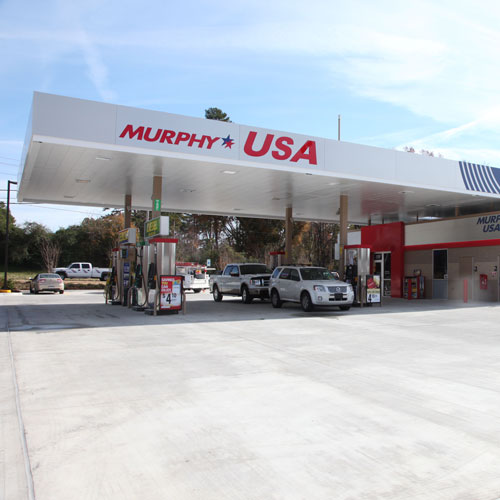In 1957, the entrepreneurial Marriott family took note of the nation’s rising motorist class and built its first hotel: the Twin Bridges Marriott Motor Hotel in Arlington, Virginia. Today, operating as Marriott International, Inc., with 18 brands comprising more than 4,000 properties in 80 countries , the family’s company has once again looked to the needs of consumers to inform the reinvention of its flagship chain, Marriott Hotels.
“Over the last three years, the company looked at [the Marriott Hotels brand] and at the customer of today,” says John Hogan, the company’s vice president of design and project management for full-service hotels in the Americas and for Marriott’s Ritz-Carlton brand worldwide. “We said, ‘We need to position ourselves for the customer of tomorrow.’”
Designing with a “millennial mind-set” but also taking care to still consider baby boomers, Marriott began its remodel with its guest rooms. Though the rooms had evolved some over the years, the company recognized that its standard was based on a two-decade-old framework that no longer reflected modern guest demands. “It was very, very predictable,” Hogan says. “It was a good model for the time, [but] the way people use hotels today is dramatically different.”
Engaging architectural firms Krause and Sawyer, WATG, and Burdifilek in 2011 and 2012, Marriott created a new prototype room with a cleaner style of architecture and improved functionality. Wall-to-wall carpeting is out in favor of solid-surface flooring. “The guest no longer has to think, ‘How many people have stepped on this carpet?’” Hogan says. The standard enclosed closet has been replaced by a smaller, “more European-style” open closet. And, the room’s desk is gone completely because many guests prefer working with their laptops while propped up in bed.
In the bathroom, a door that used to nearly hit the toilet when opened has been replaced by a frosted, sliding barn door. Shower curtains are gone, as are bathtubs because “most business travelers shower,” and a new, open vanity where towels can be stored can be elevated off the floor so that guests can see underneath. “It’s about showing guests our impeccable levels of cleanliness,” Hogan says.

Marriott also established a 12-year replacement cycle on case goods with the idea of making its furnishings last much longer, and many furniture items, including nightstands, are built directly into the architecture of its new guest room. Additionally, the room is painted, with an accent wall, rather than covered with prescriptive wall vinyl. “The room is the artwork and the architecture,” Hogan says.
The brand next changed the model of its public areas, with a focus on creating more community space where guests can be comfortable working and feel more connected to both the indoors and outdoors. Marriott’s ballroom and meeting space was redeveloped to admit more natural light, its lobby template was divided into spots for impromptu meetings at communal tables, and its standard club lounges—once hidden on upper floors—will be moving to ground level, making them more accessible to guests and also increasing operational efficiency by having them closer to the hotel chain’s kitchens. To satisfy guests’ growing desire to know that what they are eating is fresh, Marriott also plans to install display kitchens in some of its properties that will allow patrons to watch their food being cooked.
Marriott is even upgrading its technology, the idea being that “the front desk will probably go away in the near-term future,” Hogan says. Instead, associates will greet guests and check them in with tablets. Check-in through smartphones is also being explored and has the potential to transform room service, too, by giving guests the power to place orders to whichever venue they want and even pick up their items. “Our idea is … people will [use the service] if they are in control of what they order and when they can get it,” Hogan says.
The company has a half dozen new hotels under construction and several reconstructions under way, and it has specifically chosen to introduce its new concept in the Marriott City Center in Charlotte, North Carolina. “We believe in this new Marriott product so much that we purchased the property,” Hogan says. “[We are] renovating it with the new room and public-space design to a budget that we can say to our owners, ‘This is what it costs, and this is what you will achieve.’” Construction on the property starts this spring and should be completed toward the end of the year.
“The Twin Bridges [Marriott Motor Hotel] is quite different than what we build today, but from then until now, we have built a lot of tradition and gained a lot of experience and knowledge on how to build and operate hotels,” Hogan says. “So, we want to build upon that rich history, pay respect to it, and move forward with our design for tomorrow’s customer—but also not leave behind today’s customer.”


